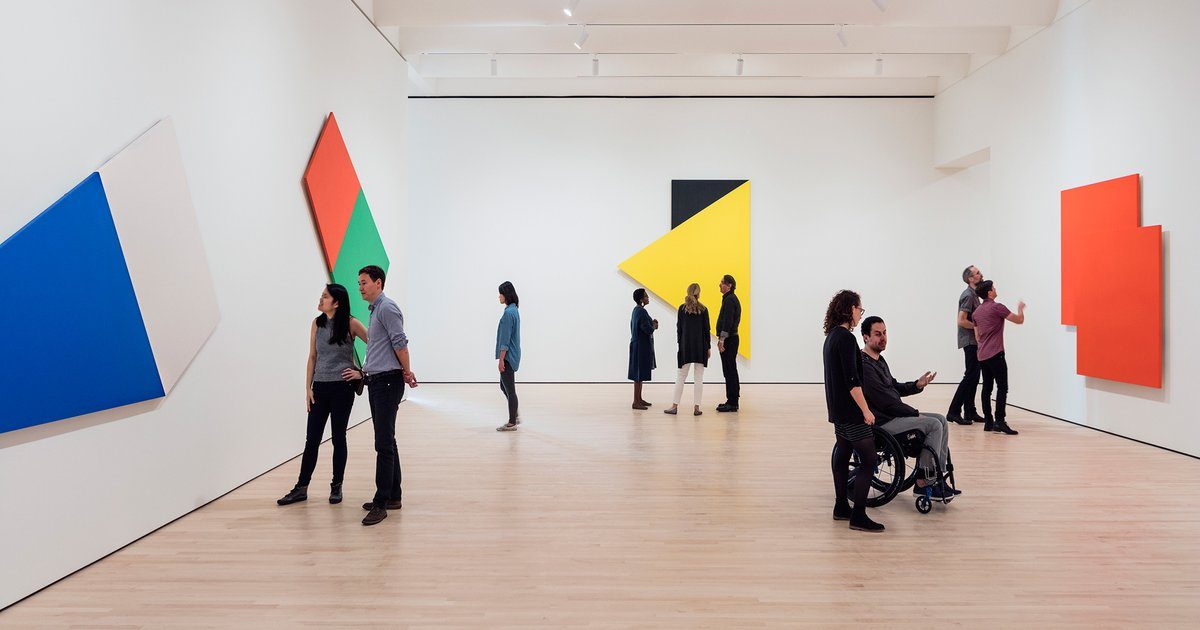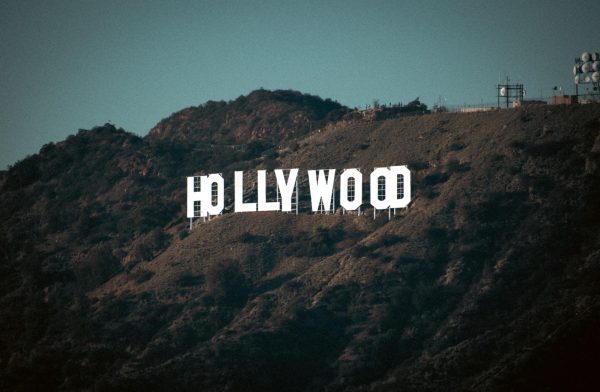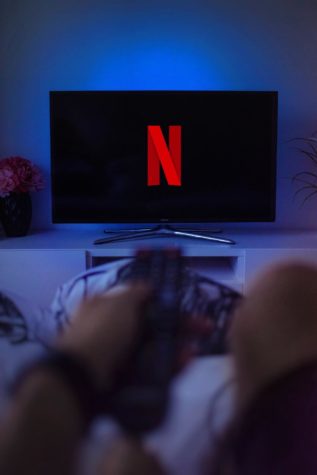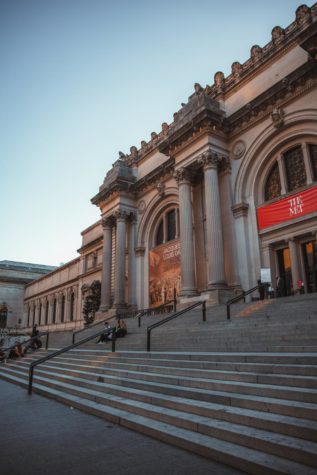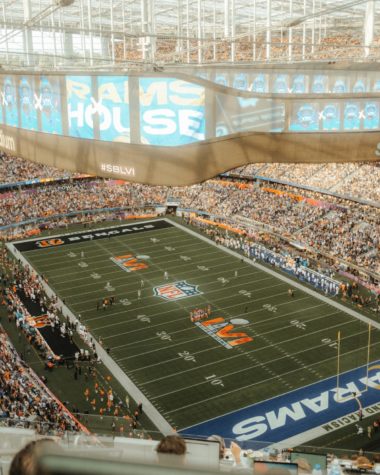Modern Art: Masterpiece or Fraud?
September 28, 2017
Art is, by nature, controversial. From the Impressionist period forward, as realism gave way to itinerant branches of painting, sculpture, and other media, art has been a highly debated subject. However, not since the iconoclastic art movement of the old Roman Catholic Church has there been a genre so controversial as modern art. We’ve all seen it: a canvas painted only one solid color, a difficult-to-follow art house film, or performance art involving nothing but the performer, sleeping in a glass box in front of museum patrons. Is this the new face of avant-garde, or a bunch of college dropouts selling their kindergarten drawings for massive sums?
The answer to this question may lie not in the way the art is created, but the impact it has on the viewer. Take, for example, the subgenre of modern painting known as color field. Color field paintings, the solid-colored canvases that most average people call to mind when critiquing modern art, can obviously be made by anyone. It doesn’t take an art degree to slop paint all over a canvas and let it dry. However, can anyone make a color field painting with the same effect as a modern artist? Can the average person replicate the deep, animalistic feelings of unsettlement felt while standing in front of a dark red Rothko, created by thousands of thin layers of color? Do you think you could replicate the confrontational, arresting luminosity of an iconic, ultramarine-blue Klein canvas? These are effects that can only be fully experienced in person, messages on the sub-subconscious level that the armchair art critic browsing photos on the Internet won’t receive.
Modern art does not aim to show you an image, a painting of a wheat field to hang in your living room or regift to Grandma next Christmas. Modern art is meant to force you to lose your considerations for the physical, to feel the work on an emotional level not often seen in pre-modern art. You don’t have to consider Picasso’s iconic mural Guernica for long to be hit with the raw anger, sorrow, and confusion that lie behind its fractured shapes. Watching Marina Abramovic’s Rhythm 0, in which she allowed patrons to interact with her using items including blades and a loaded gun, instills the anxiety of an uncertain situation in the passive viewer, the disconcerting realization that anyone could maim or kill the artist at their leisure. These pieces are not just inert objects for the consumer to look at for a while and move on. They are meant to unlock a pantheon of emotions rarely felt or used and to confront us with these new feelings, to push us and pull us down paths less traveled.
One of the most common criticisms of modern art is that it takes no technical skill. It takes no education to make a collage newspapers or present nearly unaltered, store-bought objects in the fashion of Dadaism, or to paint a canvas completely one shade of blue. However, technique is not the hallmark of modern art, nor of art as a whole. Rather, it is an exhibition of feeling that very few people can pull off. As such, to devalue this genre is to lose sight of artistry’s raison d’etre– to express emotion.



